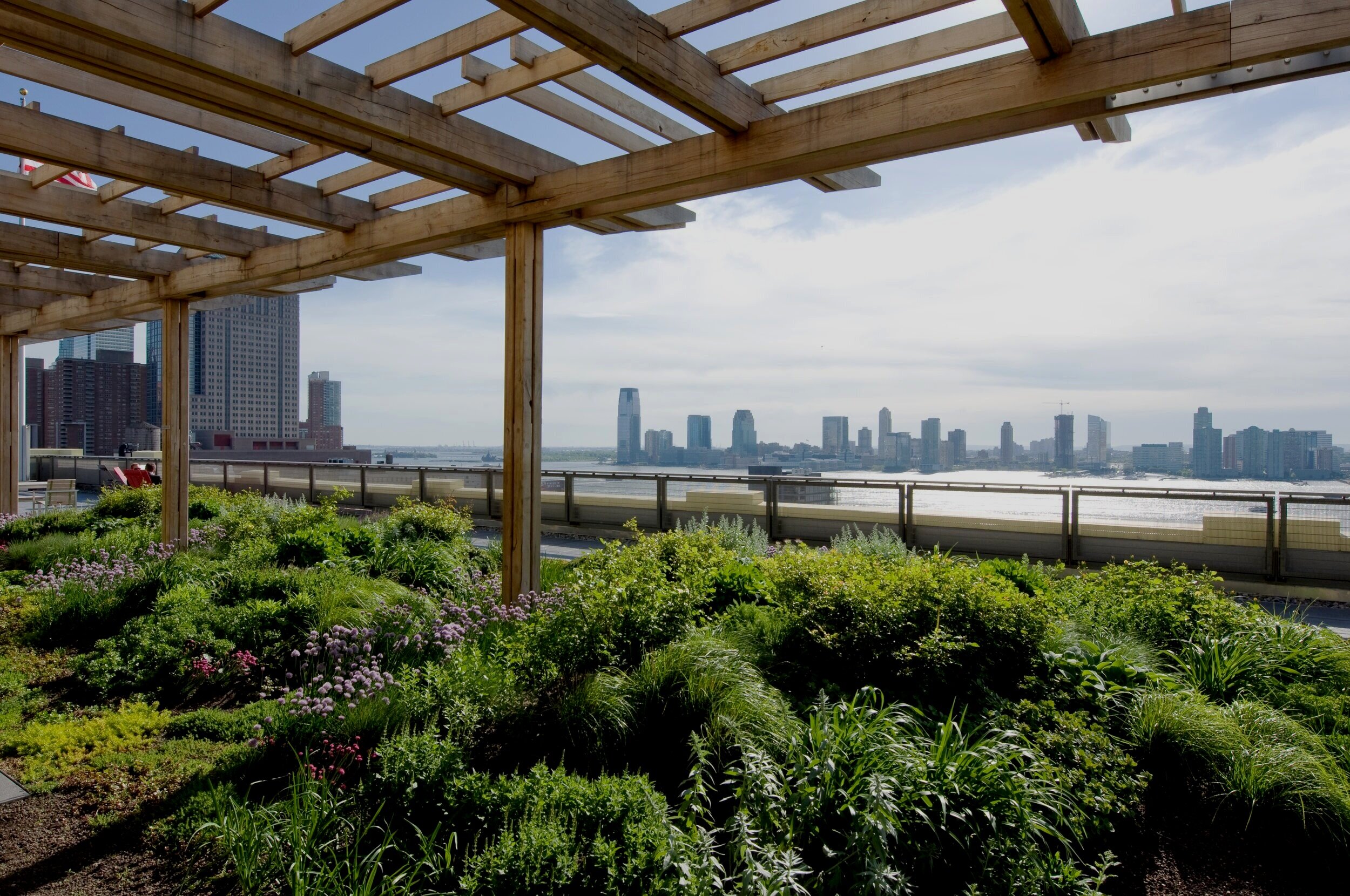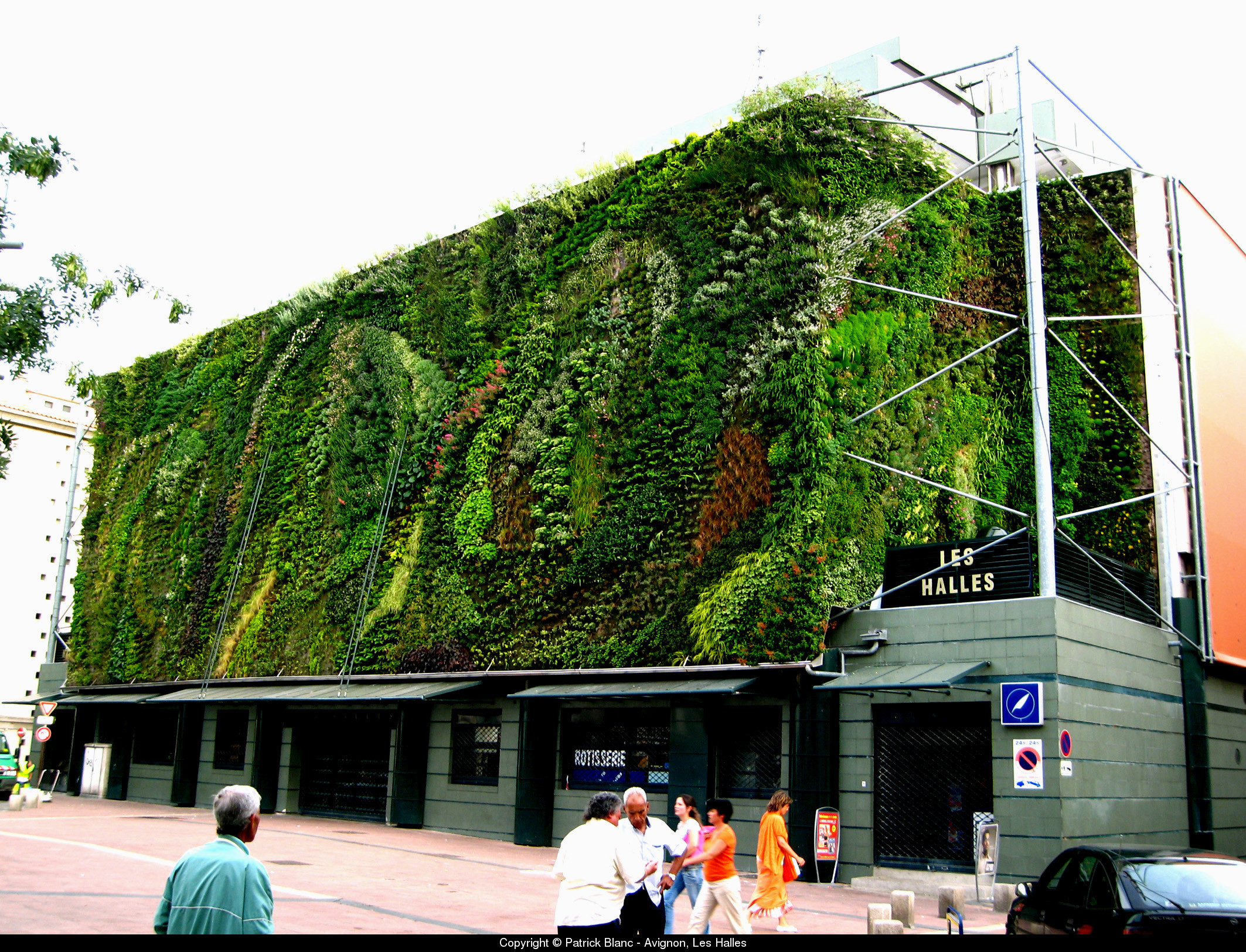
Blue-Green Infrastructure Virtual Symposium – Technologies For Managing Stormwater
Learn how to plan & design efficient blue-green systems to mitigate the effects of urbanization and the economic justifications to invest in blue-green technologies. Blue-Green



